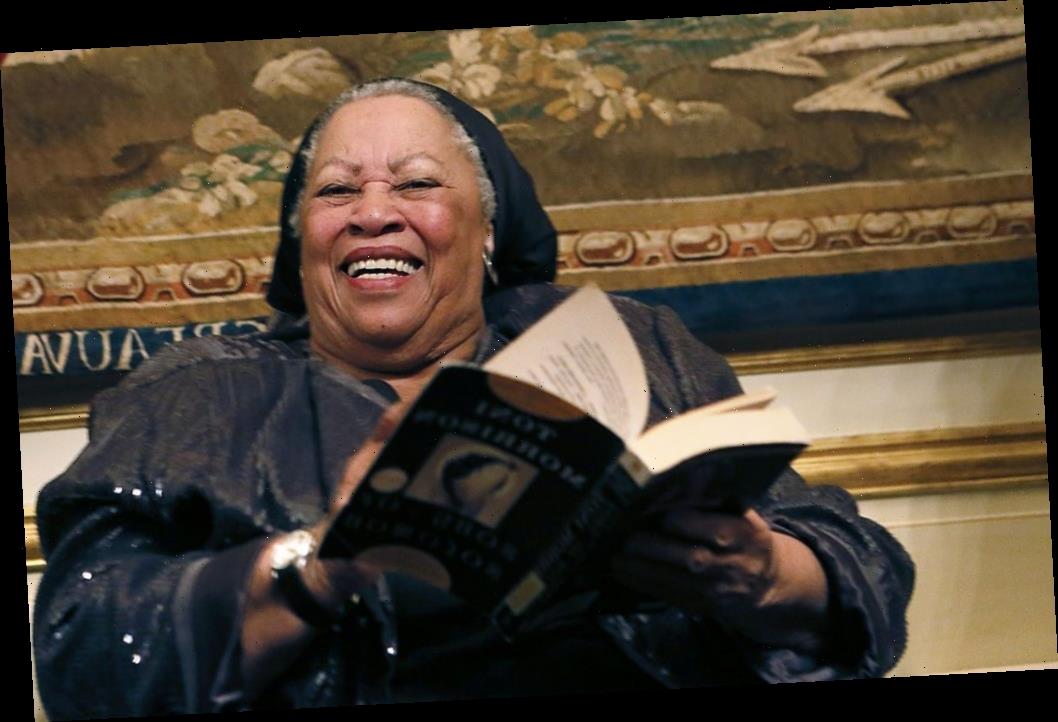The literary world and book lovers are still reeling from Toni Morrison’s passing. Thankfully, the award-winning writer left almost a dozen books depicting the black experience in an unconventional way that will remain available for centuries. With her documentary, Toni Morrison: The Piece I Am, streaming on Hulu, viewers are getting an inside look at what drove her writing.
One of the most shocking revelations revealed through the documentary is the amount of criticism Morrison faced for her raw storytelling and the extreme methods the powers that be took in an attempt to censor her work. Her first novel was met with both praise and criticism and became controversial for the number of times it was banned from educational institutions.
Toni Morrison’s first novel, ‘The Bluest Eye,’ is published in 1970
The Bluest Eye was released in 1970 and was the start of Morrison’s writing career. Working as an editor, Morrison used her support staff to type drafts of the novel as part of their assignment. Little did they know, they were contributing to history.
https://www.instagram.com/p/B4Kk2NkhONF/
The novel tells the story of a young African-American girl named Pecola, who grows up during the years following the Great Depression in Lorain, Ohio. The story works in themes of colorism with Pecola having darker skin which regards her as “ugly” and how it affects her self-esteem and perception of oneself. Pecola develops an inferiority complex, which fuels her desire for the blue eyes she equates with “whiteness.”
Morrison said in her documentary, The Piece I Am, was inspired by a childhood conversation she had with a friend who confided in Morrison that she did not believe in God because she did not have blue eyes. She also said that she wanted to remind readers of “how hurtful racism is” and that people are “apologetic about the fact that their skin [is] so dark.”
Toni Morrison’s ‘The Bluest Eye’ reviews
The novel received minimal critical attention when it was first published. The first major sign that The Bluest Eye would be a success was a positive review in The New York Times. The reviewer gave a balanced opinion on the novel, pointing out both of the book’s pros and cons as they saw fit. Overall, they found the book enjoyable, writing:
“With the flaws and virtues tallied, I found myself still in favor of “The Bluest Eye.” There are many novelists willing to report the ugliness of the world as ugly. The writer who can reveal the beauty and the hope beneath the surface is a writer to seek out and to encourage.”
The New York Times Review also wrote of Morrison’s intelligence, writing, “She’s a writer of considerable power and tenderness, someone who can cast back to the living, bleeding heart of childhood and capture it on paper.”
Though readers registered with the book and praised Morrison for breaking the status quo of novels from her time period, things would take a turn.
Toni Morrison’s ‘The Bluest Eye,’ banned from classrooms
Though the reviews for The Bluest Eye were favorable in the beginning, criticism ensued quickly. Since its publication, The Bluest Eye has landed on the American Library Association’s (ALA) list of most challenged books. According to the ALA, it was the second most challenged book of 2013 and the fourth most challenged book of 2014. Some of the reasons cited include accusations of “sexually explicit material,” and “lots of graphic descriptions and lots of disturbing language.”
It’s been attempted, sometimes successfully, to be banned in several cities and states, with the first legal case occurring in Maryland when a mother legally challenged the book in court for being “lewd.” It went on to be successfully banned in Baker City Oregon In March 1999 from Baker High School’s language arts program after complaints from parents about the content of the book for being “sexually explicit.” Other cases were brought to the forefront over the years in New Hampshire, Colorado, Michigan, Morrison’s home state of Ohio, California, Indiana, and North Carolina. It’s important to note that most of the cases to ban the book were in towns that were populated by a white majority.
Morrison never let the threat of censorship affect her writing style. She continued to face criticism of projecting false narratives about black life to the outside world yet her themes remained consistent and she became an award-winning, well-respected novelist on an international scale.
Source: Read Full Article

